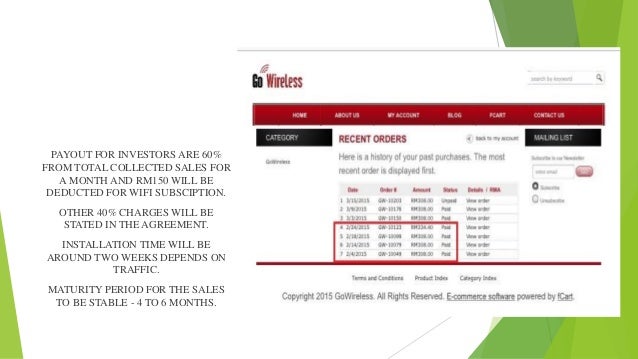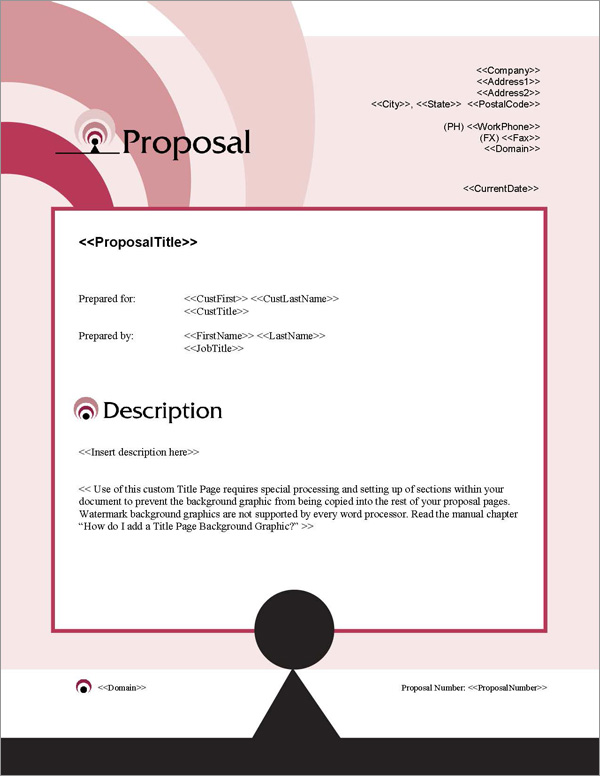Wifi Proposal Sample
Trapeze Networks outlines a sample wireless LAN RFP Even in the current economic climate sales of wireless LANs (WLANs) have remained strong. In fact, the arrival of the first products last summer sparked a new wave of adoption and deployment.
When you're preparing to make a significant investment in WLAN technology, the real 'gotchas' are the unknown unknowns, the things you don't know that you don't know. WLAN supplier Trapeze Networks has drawn on it's wealth of market experience to collect and catalog a comprehensive list of questions anyone responsible for acquiring WLAN technology should consider. Trapeze is making this RFP available to the readers of Network World because the company believes the fewer 'unknown unknowns' lurking in the shadows of inexperience, the better it is for everyone. The technical requirements outlined here are designed to raise the bar on the functional capabilities needed to meet today's demands on connecting wireless users to network applications anywhere, anytime.

Wireless Local Area Network Proposal connections that are far more robust than cellular phone connections and provide data integrity performance equal to or better. Limbo 2 Game Free Download Pc Full Version on this page. International Journal of Computing and Business Research (IJCBR) Volume 1, N. 1 December - 2010 PROPOSAL FOR LOW COST WIRELESS NETWORKING Gagan Deep.

The sample data included here is confined to the technical requirements of an RFP. A full RFP obviously would also outline the existing WLAN infrastructure (if any) with which the vendor would have to integrate, address information about warranty, support and maintenance contracts, and define the goals, objectives and timelines of the project. WLAN Technical Requirements 1. Architecture Overview and System Technology 1.1. Provide a brief overview of the wireless system architecture and elements (i.e., is it an integrated system with a centralized intelligent device or a series of autonomous access points, or APs?
Does the system allow me to designate the way data is forwarded (either centralized at the controller, or distributed at the AP) for different applications and types of traffic? Can traffic be restricted, permitted or prioritized by user, group of users, SSID, application, source/destination IP, protocol and CoS? Does the system future-proof my investment by allowing me to implement 802.11n without having to upgrade my switching infrastructure? Does the system use the thick (autonomous) or thin (centralized) AP model? Please describe any aspects of the architecture that help the network scale on the following attributes: 1.6.1. Throughput 1.6.2. User and system control 1.6.3.
Management 1.6.4. Increasing total traffic 1.7. What kind of antennas do the APs support? Is there an outdoor access point (AP)?
Do the outdoor APs support the same functionality and features as the indoor APs? If not, what are the limitations of the outdoor APs? Bozak Cma 10 2dl Manual Meat. Do all APs (indoor and outdoor) have mesh technology to link to each other wirelessly?





